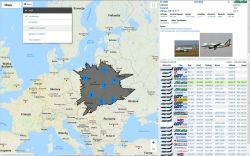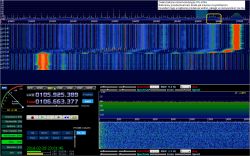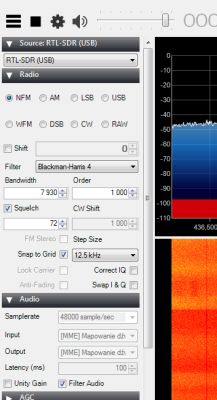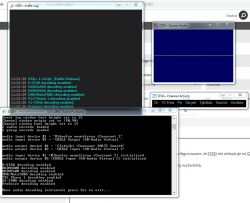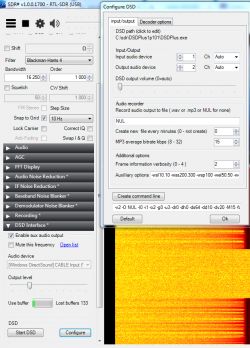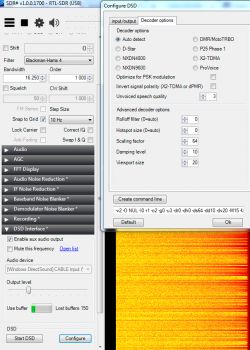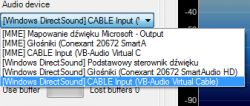pawelr98 wrote: RTL-SDR will easily receive OIRT frequencies.
The Japanese 76-90MHz band received normally.
Anyway, I can check with a RF generator how it works in the whole OIRT band.
I asked a Belarusian friend that he said that they have not broadcast in the OIRT for some time.
Although he is from Brest, I do not know if this is the case in the whole area.
According to this thread, OIRT transmitters are also turned off.
https://www.elektroda.pl/rtvforum/topic2461951.html Although it is written that it is public. Maybe the private ones still work.
You would have to check the position and the output power.
The fact that it will easily receive OIRT is known. My point is whether a stable reception is possible a few hundred kilometers from the transmitter.
Belarus broadcasts only public stations on the OIRT. Ukraine and Russia different. In addition, 2 stations in Lithuania, several stations in Moldova, Georgia, Armenia, Tajikistan and Turkmenistan. I did a very thorough research on this topic based on the lists of transmitters and official websites of radio stations and this is how it looks.
This year, in Ukraine and Russia, the process of switching off analogue terrestrial television is also being carried out, which is postponed from year to year, and this time it is probably the end, because there are advertisements in the media and public communication.
Sumar wrote: A very interesting topic, but I have to refer to it. Taking the quality of 128 kbps and listening 24 hours a day, you will get less than 40 GB in a 30-day month. In addition, the average price is PLN 0.30 per GB and comes out of PLN 12 per month. Horrible?
There is this type of problem with streams that they can clip with a very large number of users (or even be unavailable for this reason - try listening to Three during the week in the morning hours - a difficult task). Besides, my friend uses up a lot of bandwidth anyway, so why would he need even more?
And above all, making an antenna installation for such reception is not art for art, but a practical test of your skills and broadening your knowledge.
pawelr98 wrote: Or take Aero2 and listen at will.
It is not convenient because you have to fill in a cap every hour, besides, I have no idea if foreigners can register for it.



